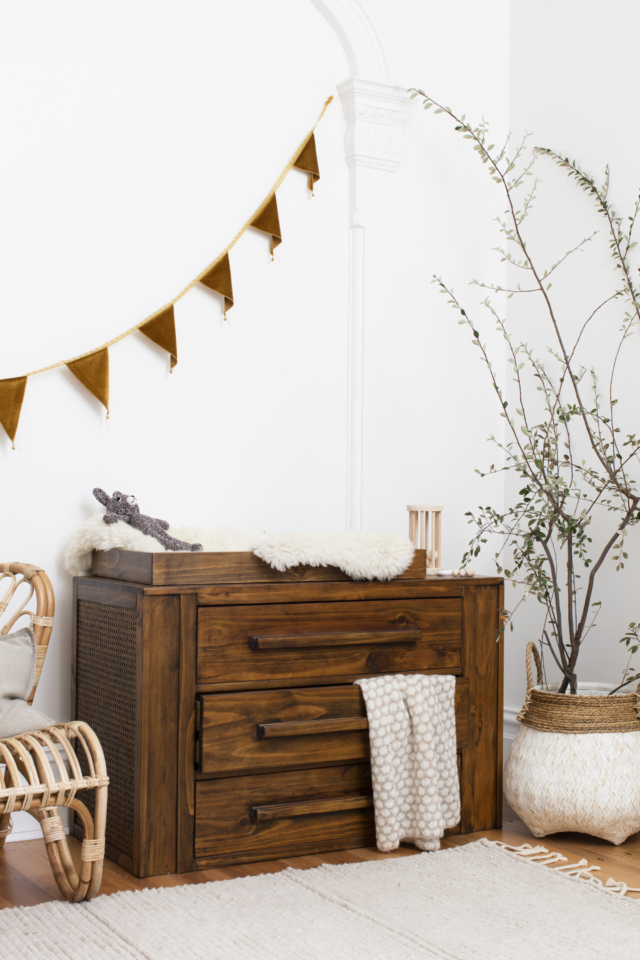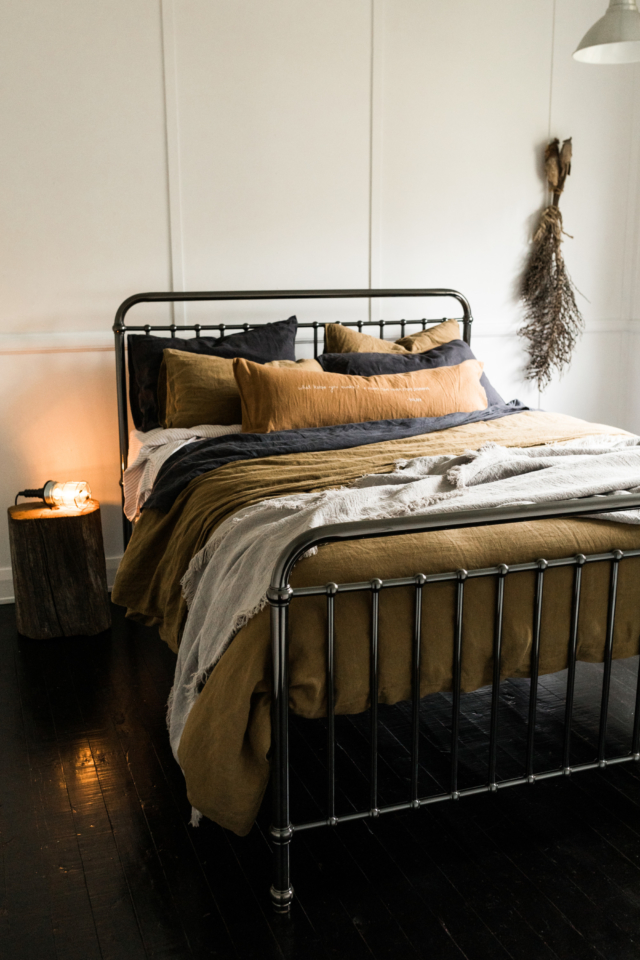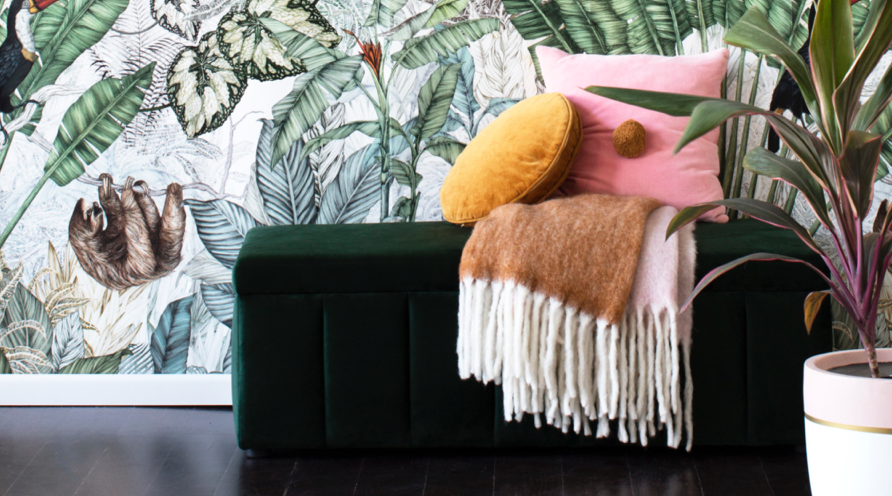Mum of two and founder of Incy Interiors Kristy Withers, knows first-hand how quickly children can grow and their tastes can change. While growth spurts can result in overhauling children’s wardrobes year on year, the interiors enthusiast shares five considerations parents should make to ensure their child’s bedroom stands the test of time.
1. Splurge on a larger bed
“If there is one furniture item that you are going to invest in, make sure it’s the bed!” says Kristy. “Investing in a high quality bed straight up can save you money in the long run. Of course, with a good quality bed you can hand it down to other children but if you really want to avoid having to upgrade your bed every few years and both your space and budget permit, consider purchasing a bigger bed from the beginning.”

Double beds are a great size for kids, not just because they give off the grown up vibes that kids crave, but you are almost guaranteed an upgrade won’t be required until they hit their mid-teens.
2. Choose convertible pieces wherever possible
When you are creating a space for a newborn, it is difficult to consider the functionality beyond those first few years, but there are some items that you can purchase that will still serve a purpose for your child as they grow. Kristy recommends looking for a change table that also doubles as storage.
“All of our Incy change tables either convert to a dresser or a bookcase so you can continue to use the product for many years to come,” she explains.

3. Keep sheets and linen plain
“I always recommend that people keep their sheets simple and stick with plain linen. It is not only difficult to ‘outgrow’ plain linen but a neutral, unpatterned colourway means décor can be interchanged without needing to overhaul every part of the room. It is much easier and more cost effective to update a bedroom with throws and cushions,” Kristy says.

Be sure to invest in quality bedding too – it’s essential for both comfort and assurance you’ll get to enjoy it (and not update it) for a while!
4. Think about smart storage solutions
Regardless of age, you’ll always need somewhere to clear the clutter! A neutral storage ottoman or trunk is perfect for this and can store anything from stuffed toys to books. Kristy loves ottomans in particular, as they double as a place to sit and always look great at the end of the bed.
5. Choose a plain, timeless colour for the walls
While it can be tempting to paint the walls in pastels for newborns, Kristy recommends keeping the walls in neutral tones that will stand the test of time. “Instead, add colour with removable wallpaper and decals,” she says. “There are so many great companies out there now that offer removable wallpaper and wall decals and they are a great way to set a theme or a room, but as they are removable, it’s only as permanent as you need it to be!”

A gender-neutral theme/colourway will ensure a bedroom’s longevity, but Kristy suggests complementing this with little personal touches, like artworks, drawings, mementos and precious keepsakes, turning your child’s bedroom their own personal haven. “Additionally,” she says, “updating the artwork allows personality to be injected, but it can be easily updated as your child grows and changes.”
Photography: Francoise Baudet/Minty Magazine, Styling: Madeline McFarlane






